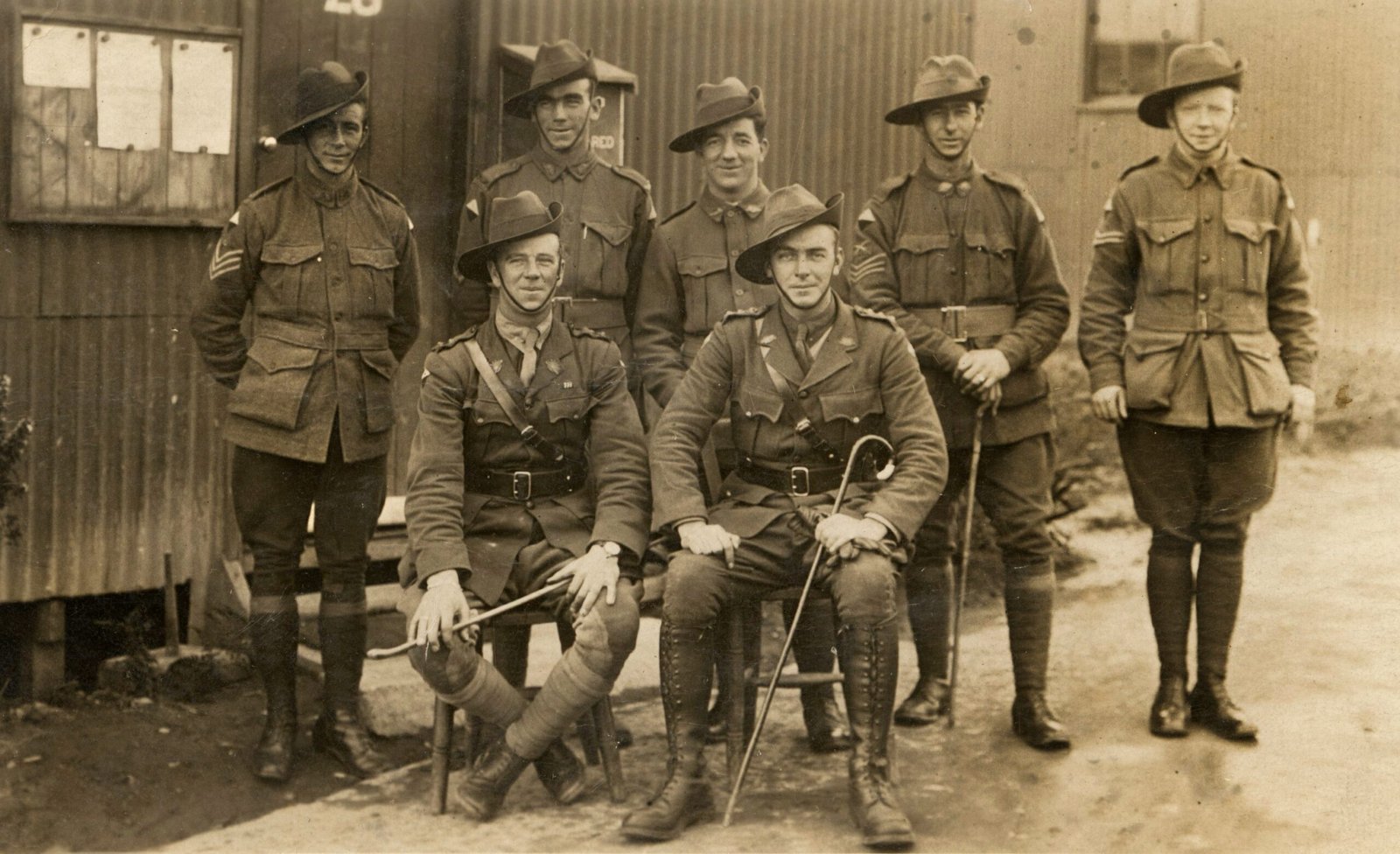Introduction
Aboriginal Australian cultures are rich and diverse, encompassing a wide range of customs and traditions. One aspect of these cultures that has often been overlooked or misunderstood is the area of sexual practices and beliefs. In this article, we will explore the diverse sexual customs in Aboriginal Australian cultures, including traditional kinship systems and marriage customs.
Traditional Kinship Systems
Aboriginal Australian cultures have intricate kinship systems that govern social relationships, including those related to sexuality and marriage. These systems are based on complex networks of familial connections and obligations. In many Aboriginal cultures, kinship is divided into two moieties, or groups, which determine the rules for marriage and sexual relationships.
Within each moiety, there are further subdivisions, such as clans or totems, which also play a role in determining suitable marriage partners. These kinship systems ensure that individuals marry outside their own moiety and often outside their own clan or totem, promoting social cohesion and avoiding incestuous relationships.
Marriage Customs
Marriage customs in Aboriginal Australian cultures vary across different tribes and regions. In some tribes, arranged marriages were common, with parents or elders playing a significant role in choosing suitable partners for their children. These arrangements were often based on considerations such as kinship, social status, and compatibility.
In other tribes, marriage was a more informal affair, with couples choosing each other based on mutual attraction and compatibility. In some cases, elopement or running away together was an accepted practice, especially when couples faced opposition from their families or communities.
It is important to note that marriage customs in Aboriginal Australian cultures were not solely focused on romantic love or companionship. They also served practical purposes, such as strengthening alliances between different groups, maintaining social order, and ensuring the continuation of cultural practices and traditions.
Sexual Practices
Sexual practices in Aboriginal Australian cultures were diverse and varied. While there is no one-size-fits-all approach, certain commonalities can be observed across different tribes.
In many Aboriginal cultures, sex was seen as a natural and integral part of life, celebrated and respected. Sexuality was not confined to the marital relationship but was considered a normal and healthy aspect of human existence. However, there were also cultural norms and expectations surrounding sexual behavior, including rules around modesty and appropriate conduct.
Aboriginal Australian cultures recognized the existence of diverse sexual orientations and gender identities. Some tribes acknowledged the presence of individuals who did not conform to traditional binary gender roles and recognized them as part of a third gender or as having special spiritual powers.
It is important to approach the topic of sexual practices in Aboriginal Australian cultures with sensitivity and respect, as these are deeply personal and culturally significant aspects of people’s lives. It is essential to recognize that these practices may differ from Western norms and to avoid imposing our own values or judgments.
Conclusion
The sexual customs in Aboriginal Australian cultures are diverse and complex, shaped by traditional kinship systems and marriage customs. These customs reflect the importance of social cohesion, cultural continuity, and the recognition of diverse sexual orientations and gender identities.
By understanding and appreciating these customs, we can gain a deeper appreciation for the richness and diversity of Aboriginal Australian cultures and foster greater respect and understanding between different communities.

